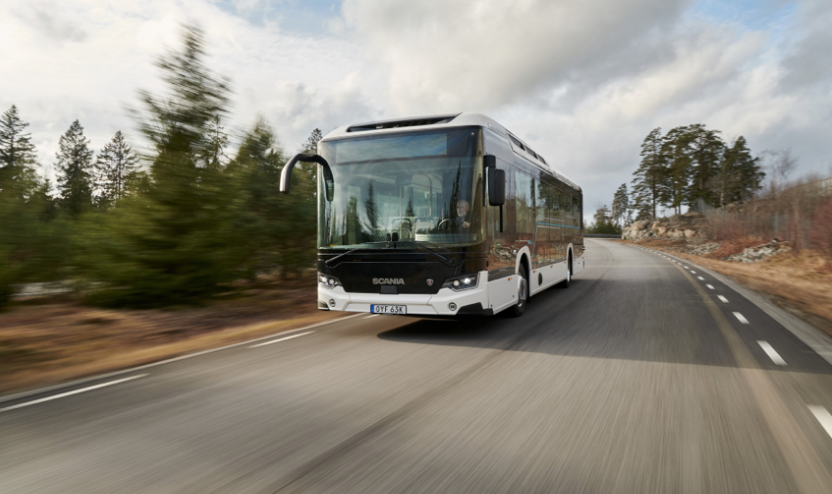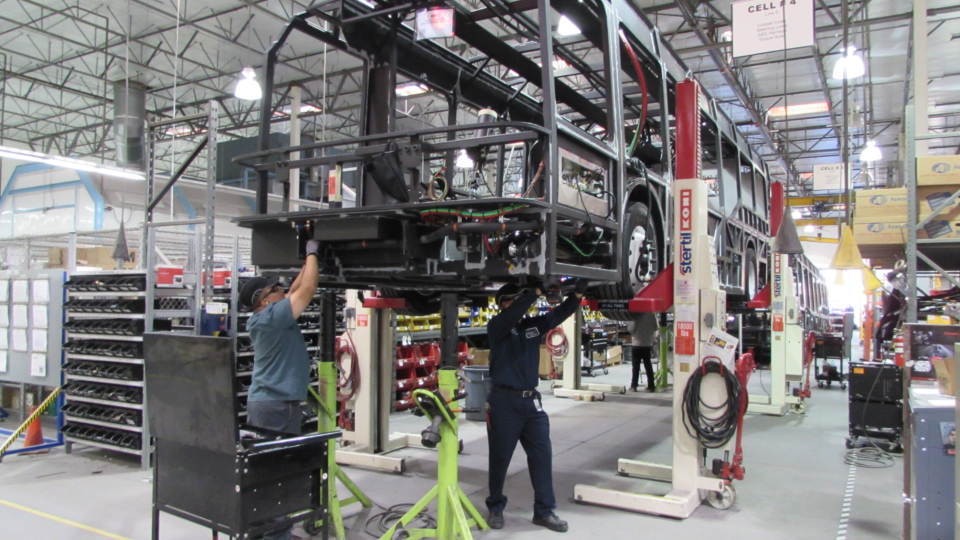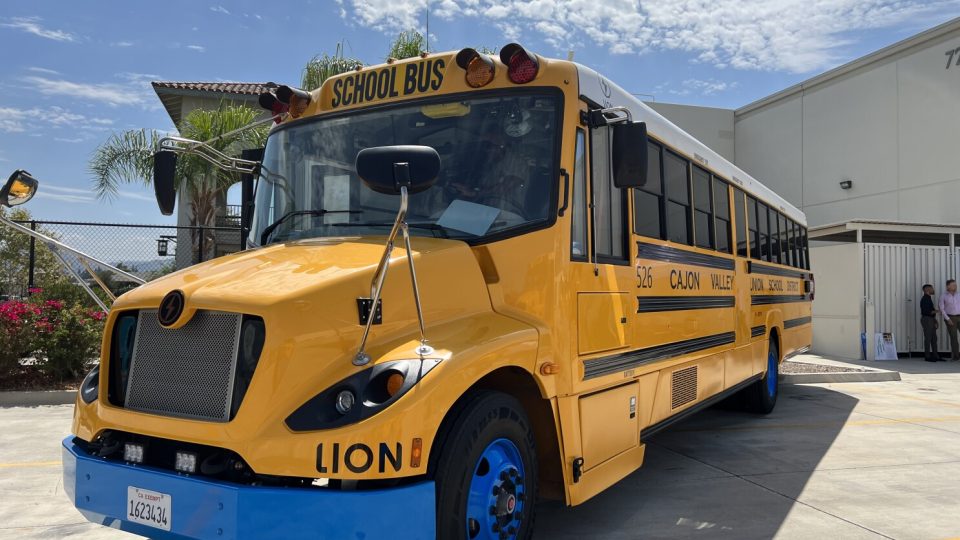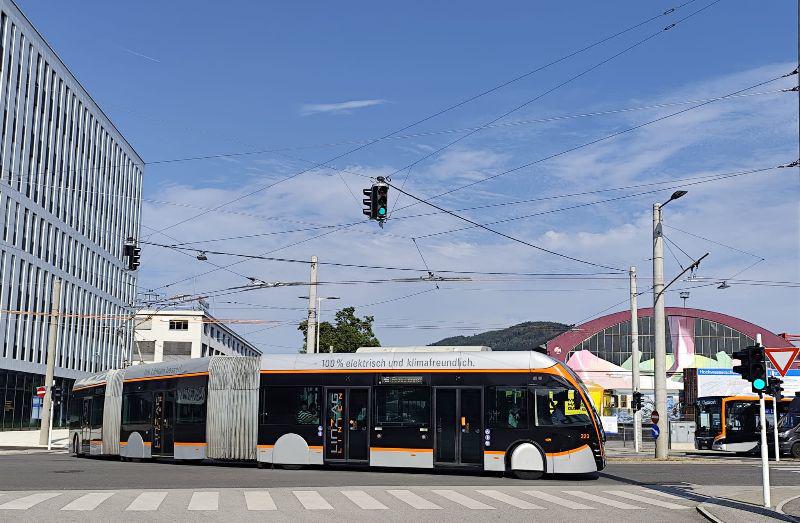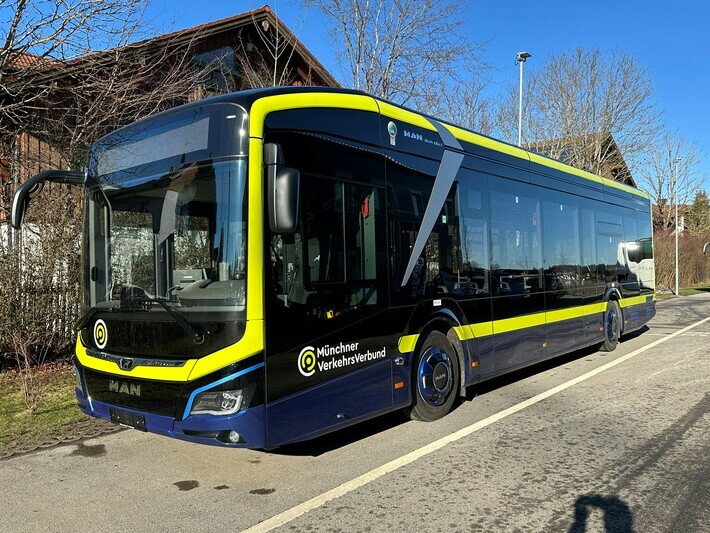Scania 2020 results: «The pandemic accelerated the need for structural cost reductions»
Scania registered a decrease of net sales by 18 percent during 2020. Operating income decreased by 49 percent. The last quarter of 2020 brought some place for hope: operating income increased by 1 percent. Like most of the industry players, Scania had to stop the production during spring 2020 due to the pandemic. President and CEO […]
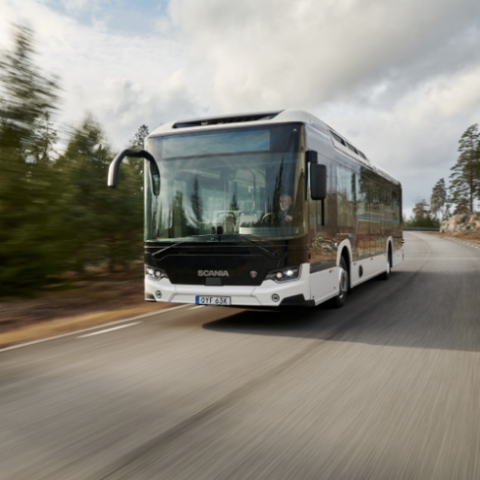
Scania registered a decrease of net sales by 18 percent during 2020. Operating income decreased by 49 percent. The last quarter of 2020 brought some place for hope: operating income increased by 1 percent. Like most of the industry players, Scania had to stop the production during spring 2020 due to the pandemic.
President and CEO Henrik Henriksson forecasts: “By 2025, Scania expects that electrified vehicles will account for around 10 percent of its total vehicle sales volume in Europe and by 2030 that figure is expected to be 50 percent”. Anyhow, “Painful but necessary decisions had to be taken, resulting in the closure of production facilities and staff reductions in order to be able to continue making large-scale investments in new technologies that support the transformation to sustainable transport”.
In late 2020 it was announced that Scania has planned an investment of over 100 million euros in a battery assembly plant (plus battery laboratory) in its headquarters of Södertälje, Sweden. The move will get along with the expansion of Scania’s electrified range of trucks, buses and engines. In the meanwhile, the series production of the city electric bus Scania Citywide BEV is in the starting blocks, Senior Vice President Buses & Coaches Anna Carmo e Silva told Sustainable Bus in a recent interview.
Scania financial results 2020, towards cost reductions
Followingly, the summary of 2020 financial results disclosed by Scania Group:
- Net sales decreased by 18 percent to SEK 125,125 m. (152,419)
- Operating income decreased by 49 percent to SEK 8,887 m. (17,488)
- Cash flow amounted to SEK 9,180 m. (10,994) in Vehicles and Services
- In the fourth quarter, net sales decreased by 6 percent to SEK 36,282 m. (38,604) and operating income increased by 1 percent to SEK 3,638 m. (3,599)
Henrik Henriksson, President and CEO (until late April, with Christian Levin taking the position since 1 May 2021), comments: “The year 2020 was dominated by the pandemic and we fought hard to support our customers with services and parts to ensure that they could keep their businesses going. Naturally, our priority was also to manage the operational and financial impacts on our own business as we faced fluctuations in demand and disruptions in the supply chain as a result of COVID-19. We quickly managed to hit the brakes on costs and preserve cash as the pandemic started to impact order intake and delivery capacity. The pandemic also accelerated the need for structural cost reductions in view of Scania’s long-term ambitions. To be able to continue making large-scale investments in new technologies that support the transformation to sustainable transport, painful but necessary decisions had to be taken, resulting in the closure of production facilities and staff reductions.
Towards the second half of 2020, demand for trucks started to rebound strongly, while it remained weak for buses and coaches. In the fourth quarter of 2020, vehicle deliveries were almost back to the previous year’s level. Cash flow in Vehicles and Services was strong thanks to Scania’s demand-driven output principle in production and efficient inventory management. Our structural cost transformation efforts continued in the fourth quarter. In Financial Services, customers’ need of rescheduling their payments of financial contracts returned to more normal levels in the second half of 2020 and by the fourth quarter, the vast majority of our customers had returned to their previous payment plans”.
Scania results 2020: we remain focused on decarbonization
Henrik Henriksson continues: “Throughout this turbulent year, we remained focused on our commitment to decarbonise our product portfolio. Scania’s ability to deliver in the present moment, while at the same time developing tomorrow’s fossil-free transport system was put to the test during 2020. In September, we launched our first fully electric truck range, which will play a key role in reaching Scania’s science based climate targets. We have also committed to bringing our customers at least one new electric product application in the bus and truck segment every year. By 2025, Scania expects that electrified vehicles will account for around 10 percent of its total vehicle sales volume in Europe and by 2030 that figure is expected to be 50 percent.”

